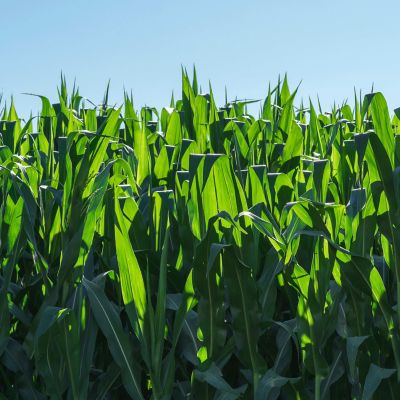Managing Northern Corn Leaf Blight
Crop Insights written by Leroy Svec¹, Bill Dolezal², Madeline Henrickson3, and Mark Jeschke4, Pioneer Agronomy Sciences
Crop Insights written by Leroy Svec¹, Bill Dolezal², Madeline Henrickson3, and Mark Jeschke4, Pioneer Agronomy Sciences
Pioneer Field Agronomist Adam Owens has the information you need to handle northern corn leaf blight this season.
1Leroy Svec, Pioneer Research Scientist (retired)
2Bill Dolezal, Pioneer Research Fellow (retired)
3Madeline Henrickson, Pioneer Agronomy Sciences Intern
4Mark Jeschke, Pioneer Agronomy Manager
5Fungicide performance is variable and subject to a variety of environmental and disease pressures. Individual results may vary.
6Always read and follow all label directions and precautions for use when applying fungicides. Labels contain important precautions, directions for use and product warranty and liability limitations that must be read before using the product.
The foregoing is provided for informational use only. Please contact your Pioneer sales professional for information and suggestions specific to your operation. Product performance is variable and depends on many factors such as moisture and heat stress, soil type, management practices and environmental stress as well as disease and pest pressures. Individual results may vary.

Aproach® and Aproach® Prima are not registered for sale or use in all states. Contact your state pesticide regulatory agency to determine if a product is registered for sale or use in your state. Always read and follow label directions.
Disease moves fast to destroy crop yields. You need a fungicide that works just as fast. Discover Aproach® Prima fungicide.
See the Benefits